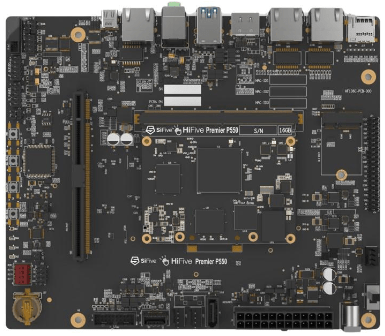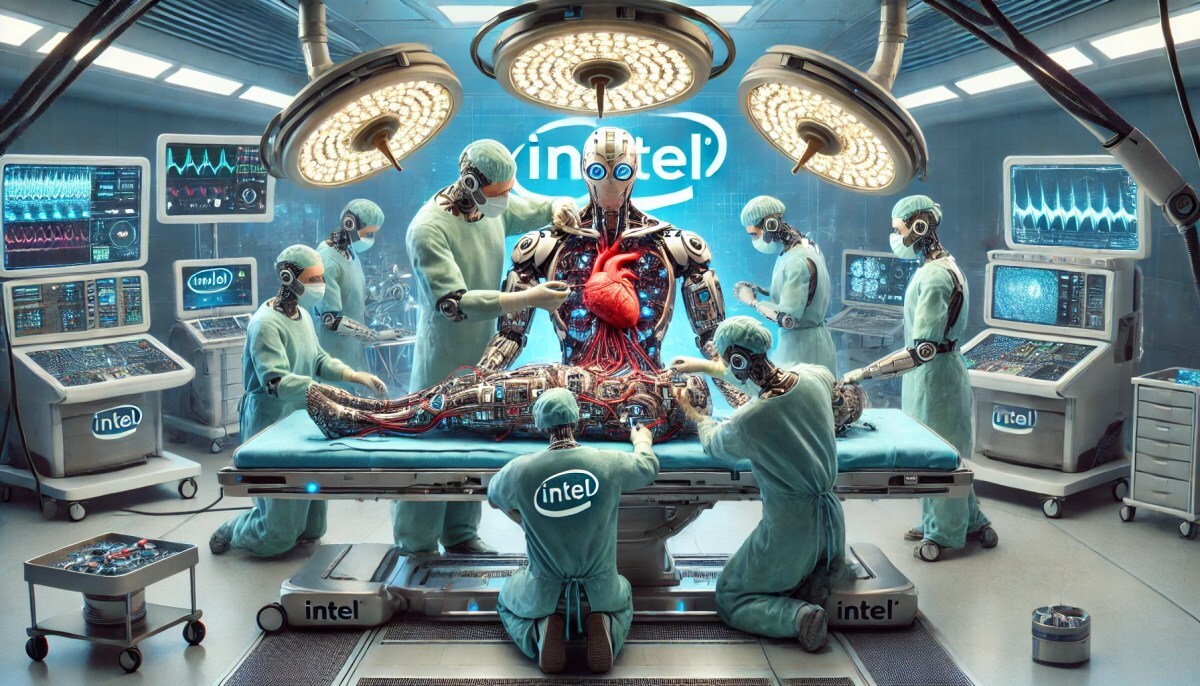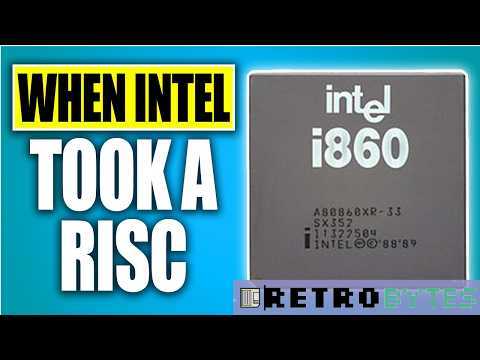Chip Wars: Intel unveils next-generation Diamond Rapids processors with 50% performance boost and 30% better energy efficiency, challenging AMD and Apple’s silicon dominance!
#Intel #Processors #CPUs #ChipWars #DiamondRapids #SemiconductorNews #TechNews #Computing #Performance #Innovation
#processors
GenAI Processors: Build powerful and flexible Gemini applications

Top 6 Processors for Artificial Intelligence ! Zoom: https://nubecolectiva.com/comunidad/flyers/top-ai-processors/
Top 6 Procesadores Para Inteligencia Artificial ! Zoom: https://nubecolectiva.com/comunidad/flyers/top-procesadores-ia/
#programming #coding #programación #webdevelopment #devs #softwaredevelopment #ia #ai #inteligenciaartificial #artificialintelligence #procesadores #processors
Apple is looking outside its walled garden for AI help https://www.allforgardening.com/1354418/apple-is-looking-outside-its-walled-garden-for-ai-help/ #Fudzilla #games #garden #graphics #It.News #mobile #Processors #reviews #tablet #technology #Wearables
Did you know that the 'NT' in Windows NT stood for "Nine Ten"?
The intended core platform for the OS was the then-expected Intel i910 RISC processor, which was to be the rebranded moniker for the i860 that can be found in the wild. *
It never came to be due to the i860s terrible handling of context switching -- a capability that a CPU for a multitasking, multiuser workstation OS must be able to do _very_efficiently_. The i860 wasn't.
https://www.youtube.com/watch?v=WTkFGZqVCM8&t=459s
*** EDIT: Several have pointed to sources indicating differently that NT stood for N10, which was the codename for the i860, so -- N10, N-Ten > NT.
El 16 de junio de 1988, Intel lanzó al mercado el procesador i386SX de 32 bits, de bajo costo, pero el estándar eran 16 bits lo que complicaba el rendimiento. Luego fue rebautizado como 386DX #retrocomputingmx
#Intel #386SX #processors #computinghistory
Surprise Intel seeing huge demand for older Raptor Lake CPUs, not the fancy new AI ones. Turns out most people arent paying extra for AI, especially with recession jitters. Good enough beats bleeding edge right now.
#Intel #Processors #TechTrends
Linux 6.16 will warn users about outdated Intel microcode
Intel is routinely releasing new microcode for their processors to improve the processor’s performance and to fix critical issues, especially when dealing with security vulnerabilities that may be found in old microcode versions. This is to ensure that your system becomes more secure than before by eliminating security vulnerabilities.
A patch has been queued to the Linux kernel tip repository that will make its way to the Linux 6.16 kernel. It warns the user on boot that the microcode version for the processor is old and that it needs to be updated to ensure security. Userspace applications can determine whether your computer is using the old microcode via the /sys/devices/system/cpu/vulnerabilities/old_microcode file.
The kernel, if running in the old microcode, will be tainted with the TAINT_CPU_OUT_OF_SPEC flag, making it more difficult for kernel bugs that have to do with the old microcode to be reported directly to the bug tracker. The implementation relies on a manually-maintained list of processors found in the intel-ucode-defs.h file. It contains a list of structures that contain the following variables:
- flags: List of flags (always
X86_CPU_ID_FLAG_ENTRY_VALID) - vendor: Processor vendor (always
X86_VENDOR_INTEL) - family: Processor family (usually
0x6or0xf) - model: Processor model
- steppings: Processor stepping
- driver_data: Processor microcode ID as an integer
Not only that, but all processors that are running on a debug microcode (that is, microcode ID with the 31st bit set to 1) are considered to be old.
We advise you to update your processor’s microcode to the latest version to ensure that there are no security vulnerabilities present.
Intel’s Rumored LGA-1954 Socket for Nova Lake Casts Shadow Over LGA-1851 Longevity
#Intel #NovaLake #LGA1954 #ArrowLake #LGA1851 #CPUSocket #HardwareLeak #Leaks #Rumors #PCBuilding #IntelCPUs #Processors
#Math #Stories: The Moment A Famous #Mathematician Woke Up : Medium
#Device enables direct #Communication among multiple #Quantum #Processors : MIT
#Spaghetti #Science: What #Pasta reveals about the #Universe : BBC
Check our latest #KnowledgeLinks
https://www.alojapan.com/1249966/brompton-powers-led-displays-at-futuristic-expo-2025-osaka/ Brompton powers LED displays at ‘futuristic’ Expo 2025 Osaka #Aoto #barco #Brompton #InfiledLed #LedDisplays #news #Osaka #OsakaNews #processors #大阪 #大阪府 Tessera LED processors deployed for AOTO and INFiLED LED screens at 184-day global event showcasing tech’s impact on the future, which opened April 13, in Yumeshima, Osaka Bay, Japan Brompton Technology has announced its role in powering the LED displays at Expo 2025 Osaka, which…
AMD has achieved a 2nm silicon milestone with its EPYC 'Venice' CPU, built on TSMC's N2 process, marking a leap for high-performance computing
#AMD #EPYC #Venice #TSMC #N2 #2nm #HPC #Semiconductors #CPUs #Processors
MediaTek Dimensity 9400+ is a flagship processor with slightly higher top CPU speeds than the 9400, faster AI performance, Bluetooth and WiFi enhancements. #MediaTek #Dimensity9400Plus #Processors https://www.mediatek.com/press-room/mediatek-enhances-flagship-ai-performance-with-dimensity-9400-mobile-platform
I wonder how deep this processors stack is or whether they are tail recursive?
Found quite accidentally and amusing.
https://nowtoronto.com/culture/people-are-obsessed-with-this-quirky-plaque-in-toronto-that-just-sits-there-to-commemorate-its-own-commemoration/
The 8 Best Food Processors, According to Chefs https://www.diningandcooking.com/1945644/the-8-best-food-processors-according-to-chefs/ #according #best #CHEFS #eater #EaterAtHome #EaterCommerce #food #FrontPage #processors #ShoppingPantryGuides #shopping; #the #to
Europe bets once again on RISC-V for supercomputing sovereignty
https://www.theregister.com/2025/03/07/dare_europe_risc_v_project/
#processors #europe

#Intel's first #AI #PCCoreUltra desktop processors use way less #power https://zorz.it/blhPU | #JeremyGray #IntelCoreUltra200S #DesktopProcessors #computer #CPU #GPU #PC #processors #equipment #technology #news
Inside SiFive’s P550 Microarchitecture https://old.chipsandcheese.com/2025/01/26/inside-sifives-p550-microarchitecture/
"The P550 is a 3-wide out-of-order core with a 13 stage pipeline. Out-of-order execution lets the core move past a stalled instruction to extract instruction level parallelism. It’s critical for achieving high performance because cache and memory latency can be significant limiters for modern CPUs."

Chip Wars - Intel was Inside @intel @semianalysis_ #processors #intel https://semianalysis.com/2024/12/09/intel-on-the-brink-of-death/




